
SH_MM
-
Posts
1,632 -
Joined
-
Last visited
-
Days Won
155
Content Type
Profiles
Forums
Blogs
Gallery
Downloads
Events
Posts posted by SH_MM
-
-
19 hours ago, Serge said:
The purpose of a test is to make a choice not to look at what to fix.
Yes, that's fair. Still not entirely sure about the concept behind LAND 400 though (Phase 2: eliminate all unproven systems, then modify Boxer after selection and making it less proven; Phase 3: eliminate all proven systems, then complain about teething issues...).
If there are no issues with one vehicle and performance is on par or better, it always should be selected.
14 hours ago, Żółć said:In Poland, Redback's tests went poorly
This is what I was referring to. Redback performed very well in Australia (according to Australian reports), yet poor in Poland (according to Polish sources).
Australian soldiers complaint about Lynx's "excessive noise" in the vehicle, yet in the Slovak trials only the ASCOD 42 was demoted for vibration and noise issues.
-
If the result of the Australian trials shows that the Redback is the better solution for Australia, they should buy it... with the turret that performed better during trials (so likely EOS' T2000 instead of the Redback turret, if rumors are to be believed).
While I've also heard about issues with the Lynx's Liebherr engine in Australia, such issues should be fixable (as both G-Wagen and MAN trucks had those during trials in Australia, but series vehicles are described as reliable). IMO it is a bit odd to see how much the trial results of Lynx & Redback dramatically differ based on country were they were tested. This raises the question if the performance is so temperature/climate dependent or if requirements and perceived performance are to blame for the different assessements.
-
Nice CR2 turret simulator footage in this clip.
-
-
2 hours ago, Laser Shark said:
the K2 in their assessment of the candidates, with its lower price and better availability being what ultimately tilted the scale in its favour
I wonder if the "better availability" was really given. Didn't they want to buy the K2NO variant with increased weight and Trophy? At the moment this variant only exists on paper and would require - aside of a new/altered production line - a lot of additional testing before being production ready. Then there also is the Polish order. The deliveries of the "K2 Gap Filler" are to last until 2026. That makes a delivery of K2/K2NO tanks to Norway before 2026 seem rather unlikely.
-
-
The real price for the acquisition of the Leopard 2A7NO is not being disclosed, both sides agreed to keep it secret. The figures floating around on the internet are the maximum amount of approved budget for the program (so a potential ceiling of the costs), it doesn't mean that the Leopard 2 acquisition will utilize the whole budget.
-
10 hours ago, watch_your_fire said:
Isn't that sight pretty decent?
No, not really. It uses an uncooled thermal detector and a has only one optical FOV (another FOV is available using digital zoom). It is not integrated with other optical systems, so laser rangefinder and day sight are separate systems. Worst aspect however is that it is not part of a FCS upgrade, so the old FCS is kept.
Performance is more comparable to the thermal sensors fitted to remote weapon stations rather than actual tank sights.
-
Turkish ERA
- Wiedzmin and Lord_James
-
 1
1
-
 1
1
-
On 1/19/2023 at 7:22 AM, Pardus said:
Not sure why Germany went with TROPHY for the Leopard, when Rheinmetalls Strikeshield APS seems so much sleeker.
Not a single hardkill APS tested by the German Army for the Leopard 2A7A1 (IIRC they also tested ADS/StrikeShield and Iron Fist) met all requirements. Trophy however was combat proven and thus the lowest risk option.
- Pardus and Lord_James
-
 2
2
-
On 12/30/2022 at 5:15 PM, SH_MM said:
17 out of the 18 "broken" Puma VJTF IFVs have been fixed. Damage was minor and sometimes related to incorrect use.
Latest update: in a common press conference, the German MoD, the German Army, Rheinmetall and Krauss-Maffei Wegmann declared that the Puma will remain the future IFV of the German Army (and Rheinmetall CEO Armin Papperger even called it "the best IFV of the world" - wonder if he tells potential Lynx customers the same).
The Marders assigned to the VJTF 2023(L) will be replaced by the Puma VJTF once the all of them have been fixed and maintained. The conclusion of the investigation apparently was that issues have been largley overblown and a mix of training issues, lack of maintenance and some sub-optimal components. Vincorion was awarded a contract to redesign the electrical power systems of the Puma.
____
Meanwhile there are new infos regarding Rheinmetall's HX3 10x10 based artillery system being primarily aimed at the German Army's wheeled SPG program. The turret itself is based on Elbit Systems' SIGMA 155, Rheinmetall "europeanizes" it by adding a different gun/elevating mass, FCS, and mounting it on the HX3 truck using a Rheinmetall-developed artillery truck interface.
-
3 minutes ago, Voltzz said:
i think that should be Fuchs shouldnt it?
Oops, yes. I'll fix that
-
More details have been revealed by different news outlets regarding the Puma VJTF story. According to German media, several unnamed persons involved in determining why the Puma VJTF had issues, stated that the German Army already had been warned about potential issues with the Puma VJTF as several vehicles were within "maintenance intervals" (according to earlier sources, ten were shortly before scheduled maintenance while two others had already missed scheduled). Two different teams of technicians from Rheinmetall and the German MoD's own HIL GmbH were on-site, but they were not asked to fix the vehicles. Though apparently the team from HIL GmbH was not trained on repairing the Puma VJTF, because due to lack of capacity for at the German Army's technical/engineering school (all spots were taken up by German soldiers).
An investigation focuses on the durability of individual high-tech parts and the cable fire in one of the Puma VJTF IFVs. In general, the lack of proper training (due to there being too few Puma IFVs in the VJTF variant, that have been shared between different units) and maintenance are considered the main culprits of the Puma's failure in the December exercise.
Supposedly the parts of the German Army and the government overreacted - mostly the German minister of defence, the very unpopular Christine Lambrecht. The "confidental" damage protocol (that somehow was leaked to German media) made by Rheinmetall, KMW and HIL GmbH suggests that of 76 reported errors, 44 were false alarms. A quarter of the 32 real errors already existed before the exercise and should have been fixed during maintenance beforehand. Supposedly the unit knew that not all of their Puma IFVs were fully functional when starting the exercise.
The cable fire is blamed on an error during a maintenance procedure and not a design fault. The rest of the errors has been blamed on in-proper use and described as supposedly fixable in the two lowest levels of maintenance directly by the Puma IFV's crews or assigned maintenance units during the exercise.
There is probably a bit more to the story, as it this is based on the leaked report from one side (industry & maintenance company), while the German Army likely has a bit of a different opinion. However there has been no reaction or denial of these claims from the official side.
___
In an unrelated statement, Esa Rautalinko (CEO of Patria) has declared that his company wants to partner with Rheinmetall and/or KMW for production of the CAVS, if it was selected by the German Army as
PumaFuchs replacement. Apparently Patria does not have the production capacity for the projected German order (they can only produce 40 vehicles per year); increasing the production capacity for the expected German order is financially less attractive for the Finish company than to cooperate with the German defence industry.Rheinmetall is at the moment competing against the CAVS, pitching a heavily upgraded Fuchs as Fuchs replacement. GDELS also wants to win the contract, offering the Pandur EVO.
- Voltzz, Rico, Clan_Ghost_Bear and 1 other
-
 4
4
-
17 out of the 18 "broken" Puma VJTF IFVs have been fixed. Damage was minor and sometimes related to incorrect use.
- Clan_Ghost_Bear, Rico, Lord_James and 2 others
-
 4
4
-
 1
1
-
I cannot provide an exact break-down of what went wrong with the Puma VJTF. Don't have data on that.
But based on various news reports, the following happened:
- Puma VJTF completes three exercises with acceptable availability (two with more than 80%, one with just 67%)
- to the fourth exercise, the unit did not - maybe they could not, maybe they weren't allowed or wanted to simulate worst case - spare parts and most of the tools required for fixing the Puma VJTF
- priority for over night repairs was given to Leopard 2A7V (makes somewhat sense, if you don't have spares/technicians/tools for other vehicles...)
- fourth exercise results in no vehicle being left operational, a complaint e-mail is written by major general von Butler and leaked "by accident" to the press. A photograph showing error messages on a Puma VJTF IFV's screen was apparently also shared
- big media fall-out regarding "bad, broken Puma IFV"
- apparently ten of the 18 Puma VJTFs were just shy of their scheduled maintenance, while two already had missed it. Apparently the Puma VJTFs were passed from multiple times from one company to another, resulting in a loss of maintenance
- industry mentions that they have not been given access to the vehicles to fix them (even though specialists from industry were on-site); they complain that the German Army intentionally waited until all vehicles were broken down (maybe for the headlines?)
- an investigation is launched, eight vehicles are sent to Rheinmetall's facility in Unterlüß for further inspections, the other ten return to Regen in Bavaria (unit's garrison location)
- industry claims that all vehicles can be fixed within 2-3 weeks (in one statement, they even said until end of the year 2022)
Now German newspapers - based on industry sources - claim that only two Puma VJTF IFVs are seriously broken/"badly damaged":
- the heavily damaged vehicles are one vehicle as a result of a cable fire and one with damaged turret ring (previously incorrectly translated as "sprocket", because the newspapers use the wrong terminology)
- in one vehicle, a fuze was blown
- in another vehicle, a screen stopped working after being accidentally kicked
-
in one case, the unit report that the auxiliary heating did not work... but the crew only forgot to turn it on

- in one case, a screw of a missile launcher was loose
Most vehicles can be repaired until January 2023.
-
It is a very odd story. As reported by Thomas Wiegold, the unit in question went to the exercise without most/some of the specialized tools required for maintaining/repairing the Puma IFV without spare parts. The mail from Major General von Butler also states that the Leopard 2 was given priority for "overnight repairs".
The original Der Spiegel article (cited by n-tv.de and others) already points out that von Butler's behaviour is weird. He only reported on the issues in a long, detailed e-mail (instead of using a more direct way of communication earlier) that he send to multiple recipients, as if he wanted it to be leaked towards the press.
-
The upgrade of the rest of the Puma IFVs to the Puma S1 configuration has been funded. In Q1/2023, a second batch of Puma IFVs will be ordered. Rumors suggest that it was significantly reduced in terms of quantity (~50 instead of 150-266 new Pumas)... because the Inspecteur of the German Army is a big supporter of the wheeled Boxer heavy weapons carirer/"IFV in everything but name".
-
There are apparrently issues with the K2PL. While the Polish MoD (MON) wants a weight below 60 metric tons, Hyundai Rotem claims that the desired protection level (supposedly frontal immunity against Russian 3BM59 and 3BM60 APFSDS rounds) cannot be achieved within that weight limit. There are also fears that the Polish elections next year might result in a shift of government and thus the possibility of a cancellation of the K2PL program.
-
-
Quote
Rheinmetall identifies markets for KF51 Panther tank
by Nicholas Fiorenza
Rheinmetall has conducted 300 test firings of the KF51 Panther's Future Gun System since 2016. (Rheinmetall)
Rheinmetall is targeting Leopard 2 operators with its KF51 Panther main battle tank (MBT), company officials working on the vehicle told defence journalists in Berlin on 5 December 2022.
Alexander Kuhrt, Rheinmetall's director for its tracked vehicle product portfolio, expressed confidence in the Panther's prospects on a NATO market estimated by the European Defence Agency at 500–800 or more vehicles in 2025–35, including upgrades, growing to 5,000–8,000 or more MBTs after 2035.
Kuhrt said the Panther was designed to protect NATO's eastern flank by defeating Russian tanks and is built around its 130 mm gun main armament, with the “meeting of the end of the lethality of the 120 mm gun” that arms the Leopard 2.
Tobias Schmidt, Rheinmetall's Future Gun System (FGS) programme director, said the 130 mm L52 FGS was designed for a 40–50 tonne vehicle and had an effective range of over 3,500 m against 1,000 mm of rolled homogeneous armour. He reported that 300 test firings of the FGS had been conducted since 2016, including less than 100 in 2022. He said seven shots had been fired in a single day from a rig at Rheinmetall's Unterlüß range without adjustments having to be made.
In addition to the FGS, the Panther is equipped with a 12.7 mm co-axial machine gun, a Natter lightweight remote-controlled weapon station (RCWS) with a 7.62 mm machine gun and counter-unmanned aerial vehicle system, and a launcher for Hero loitering munition. Kuhrt presented a concept of a Panther air-defence version with a Skyranger turret.
https://www.janes.com/defence-news/news-detail/rheinmetall-identifies-markets-for-kf51-panther-tank
-
First indications that Wiesel 1 MLU is progression. A Wiesel 1 with MELLS (Spike-LR):
-
Specifications of Rheinmetall's KF41 Lynx offer for LAND 400 Phase 3.
Spoiler- Ramlaen, David Moyes and 2805662
-
 3
3
-
A bit more on KF51 Panther:
based on this article https://defencereview.gr/ellinikos-stratos-chtizontas-to-mello/
Spoiler -

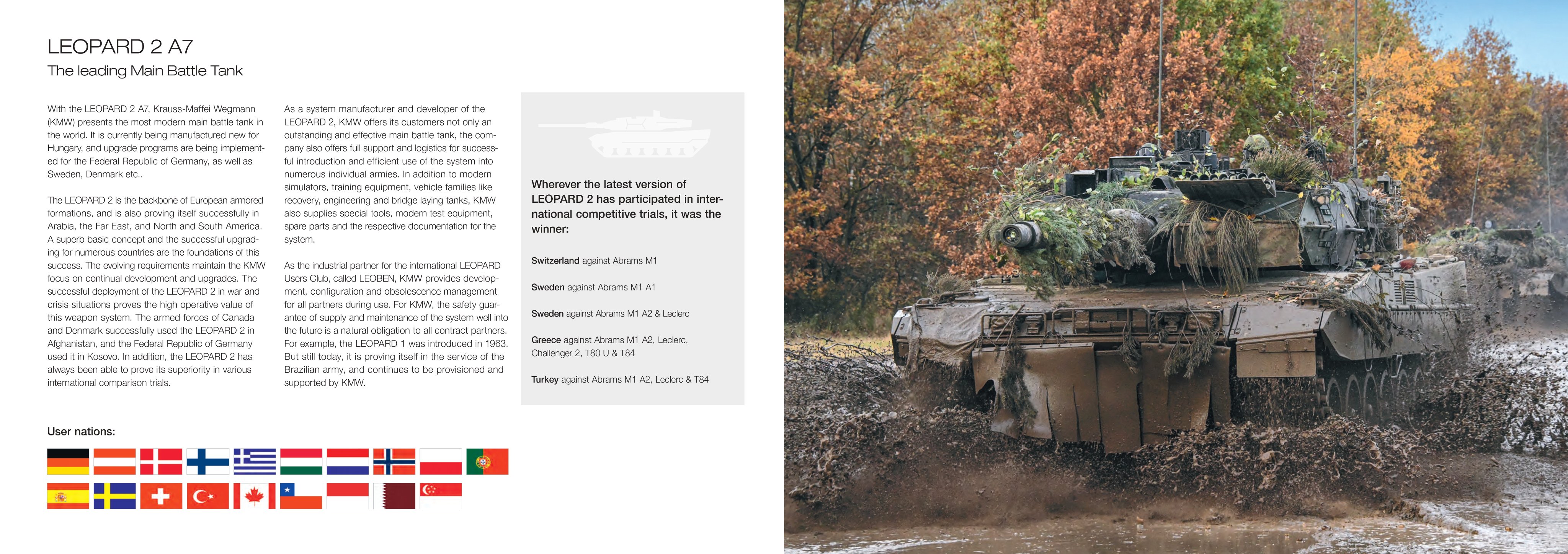
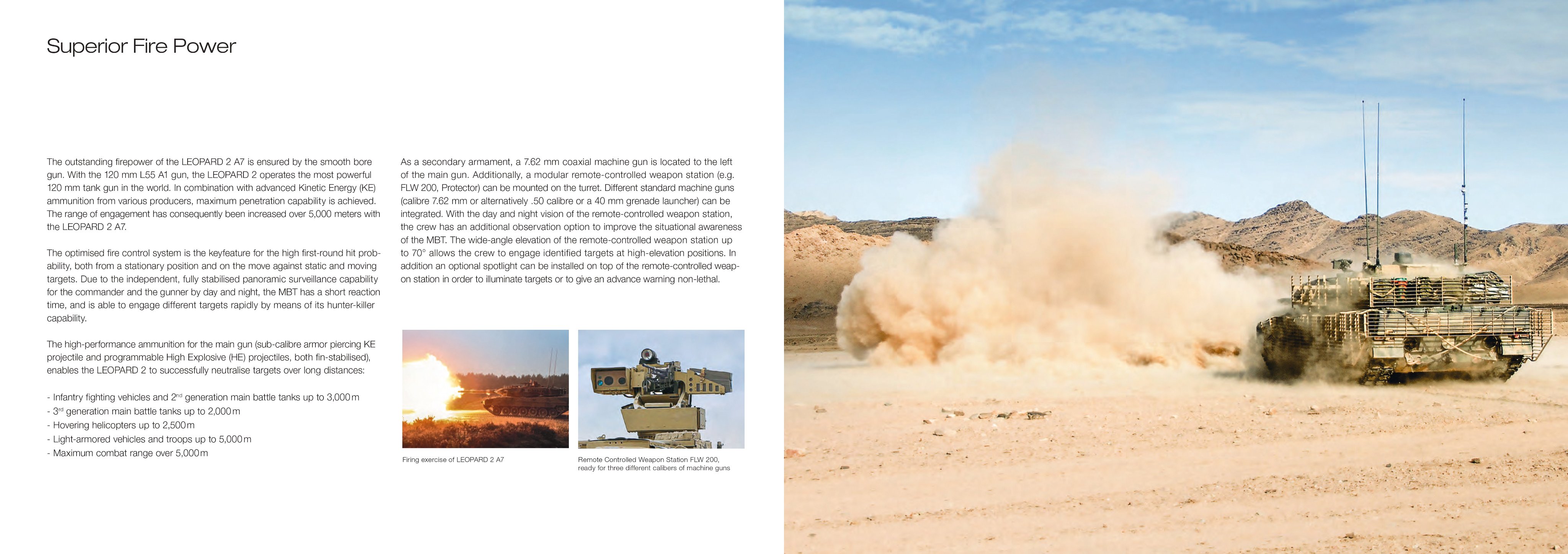
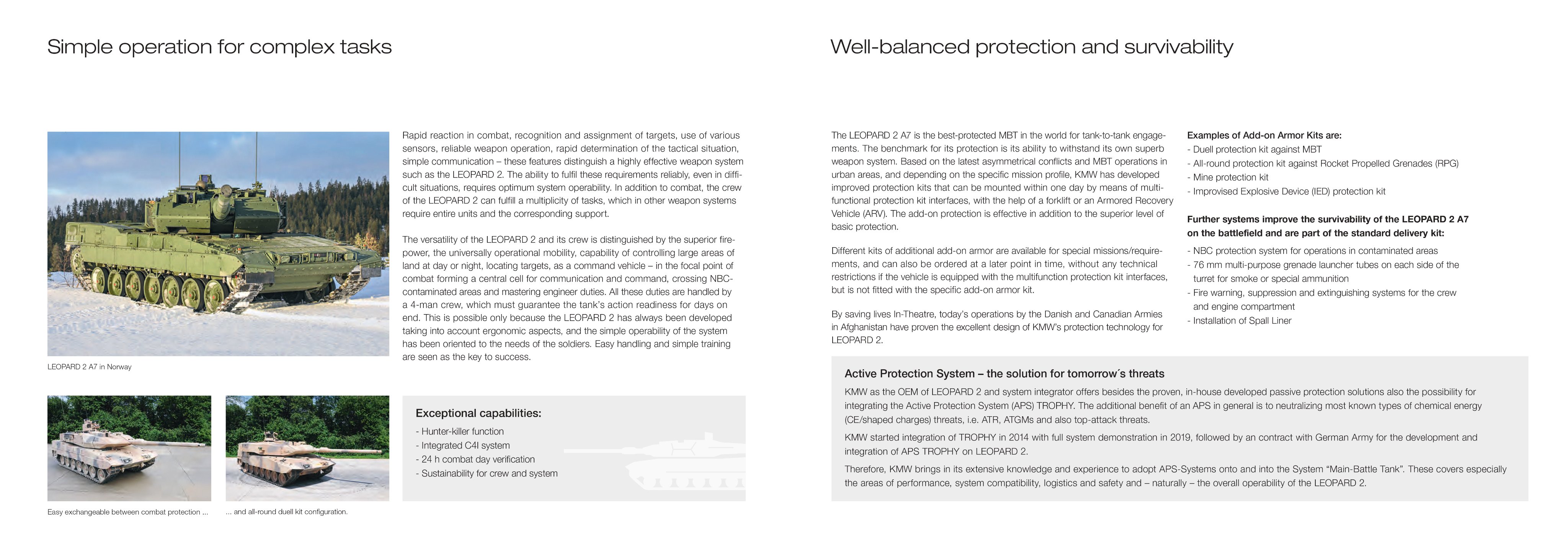
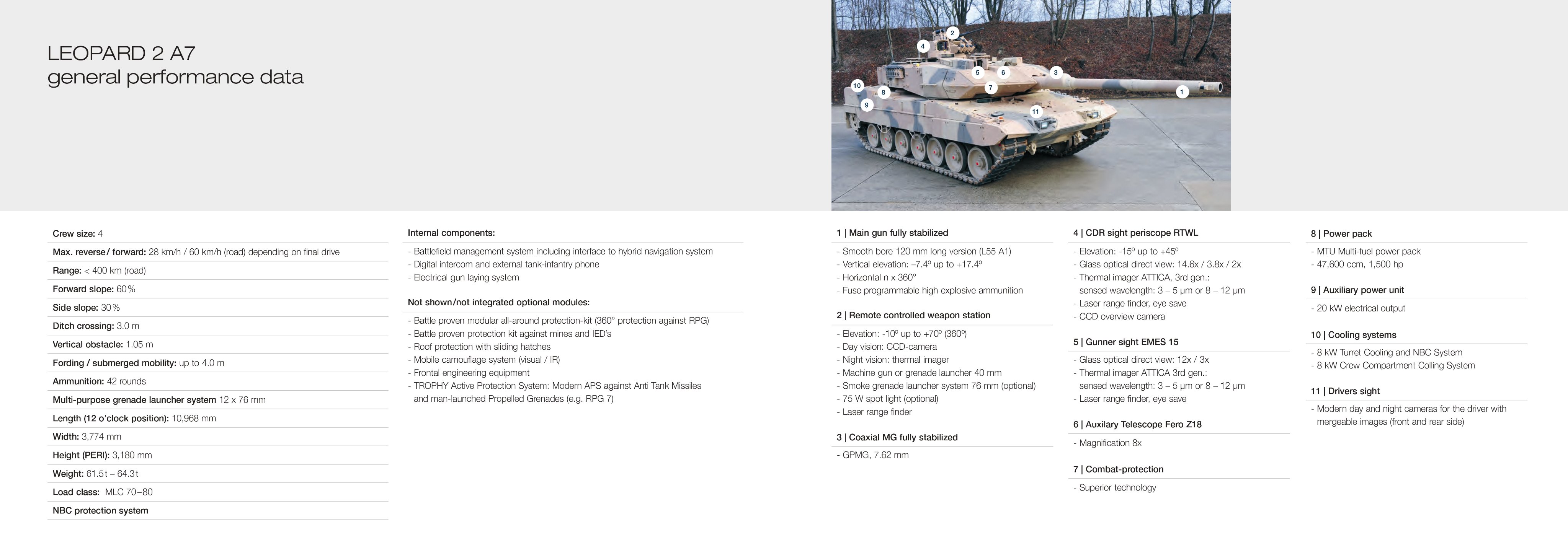


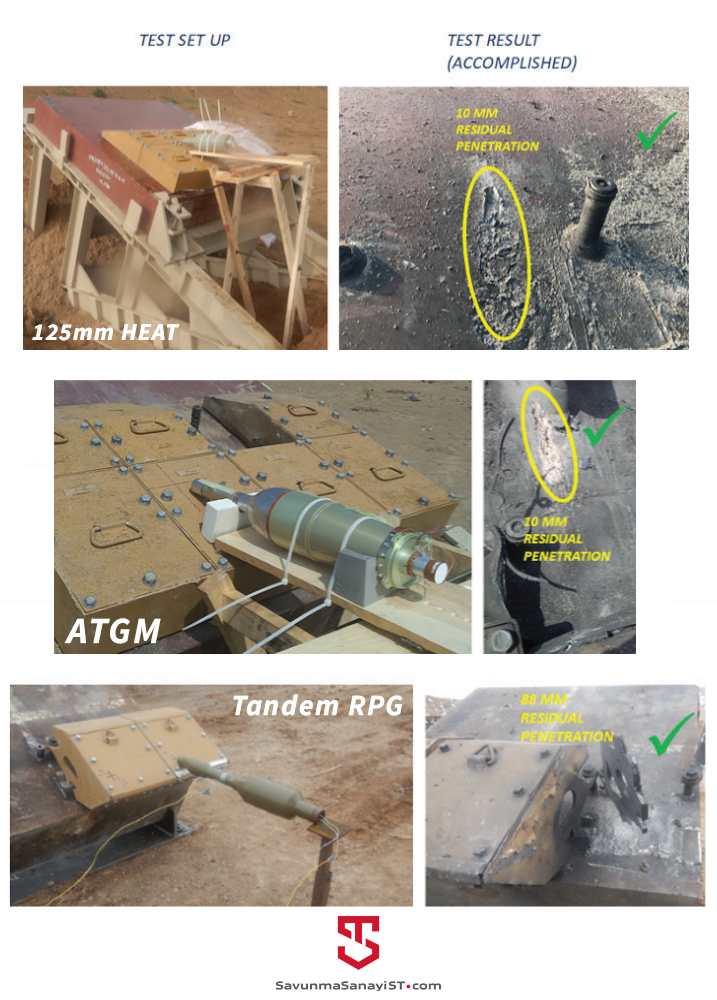

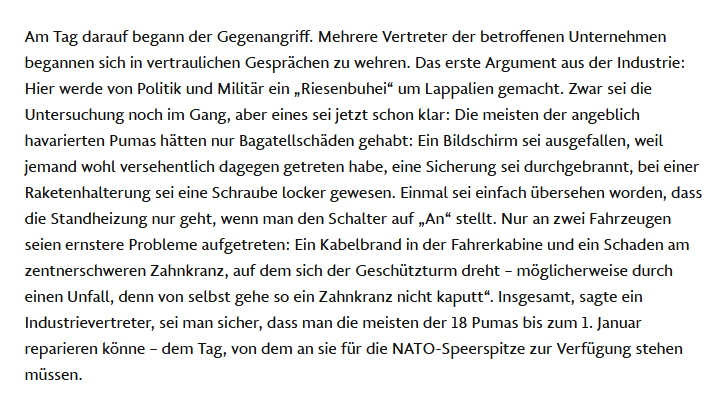
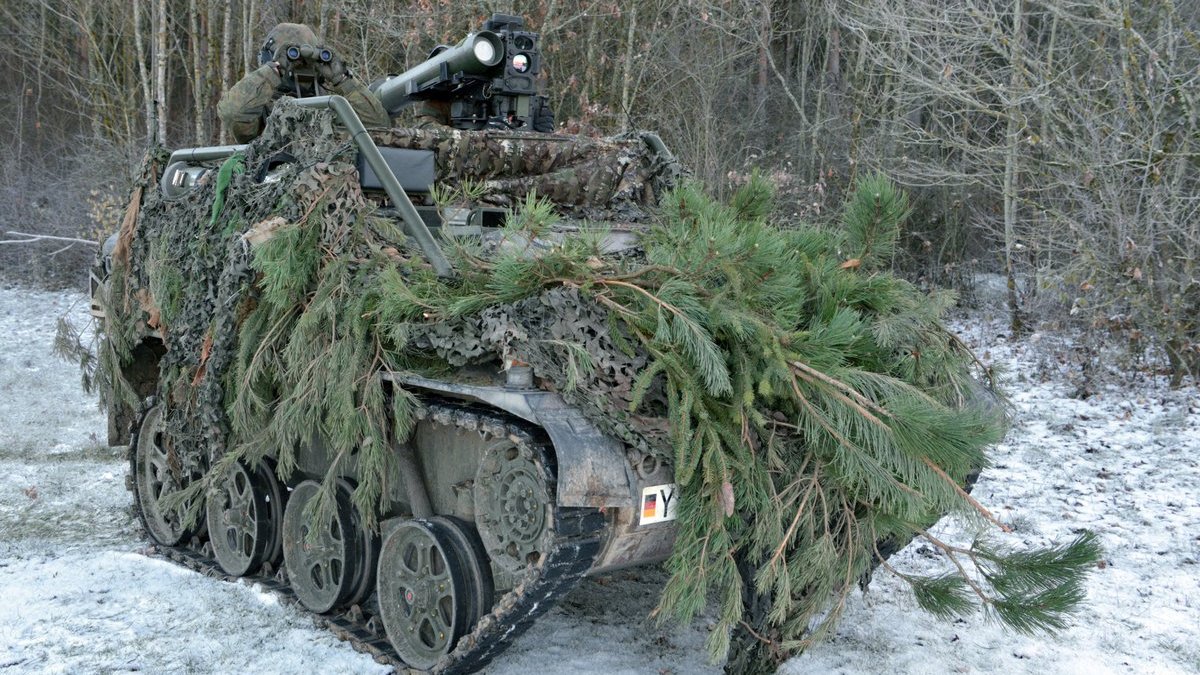

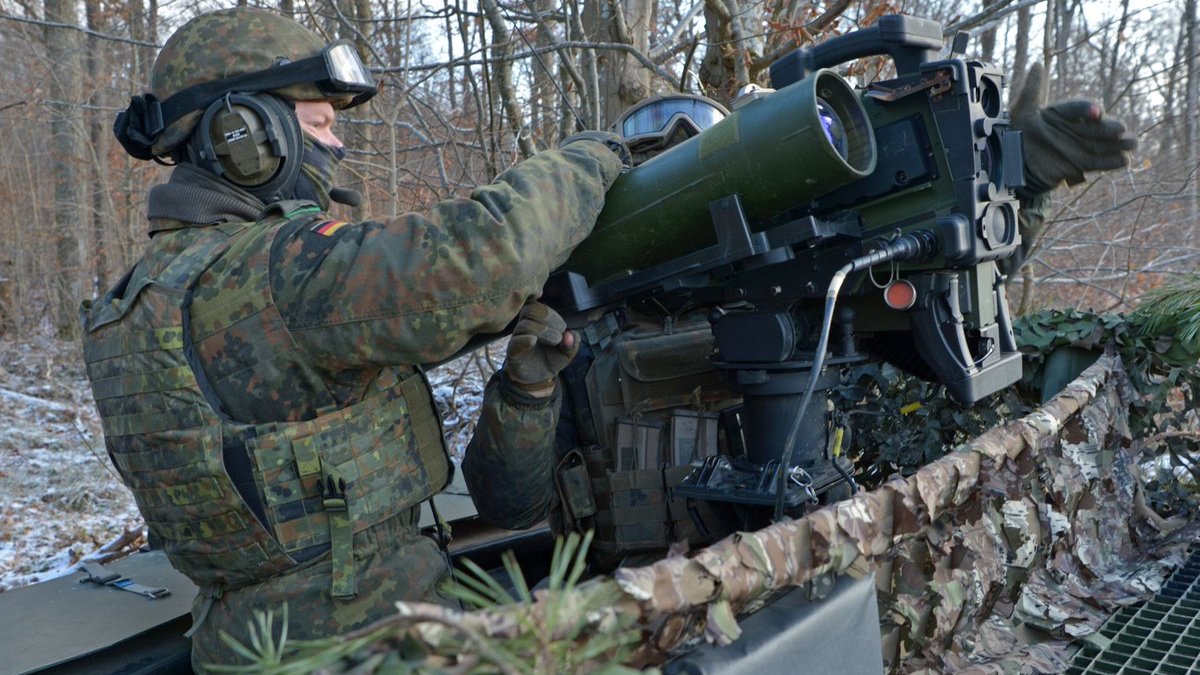
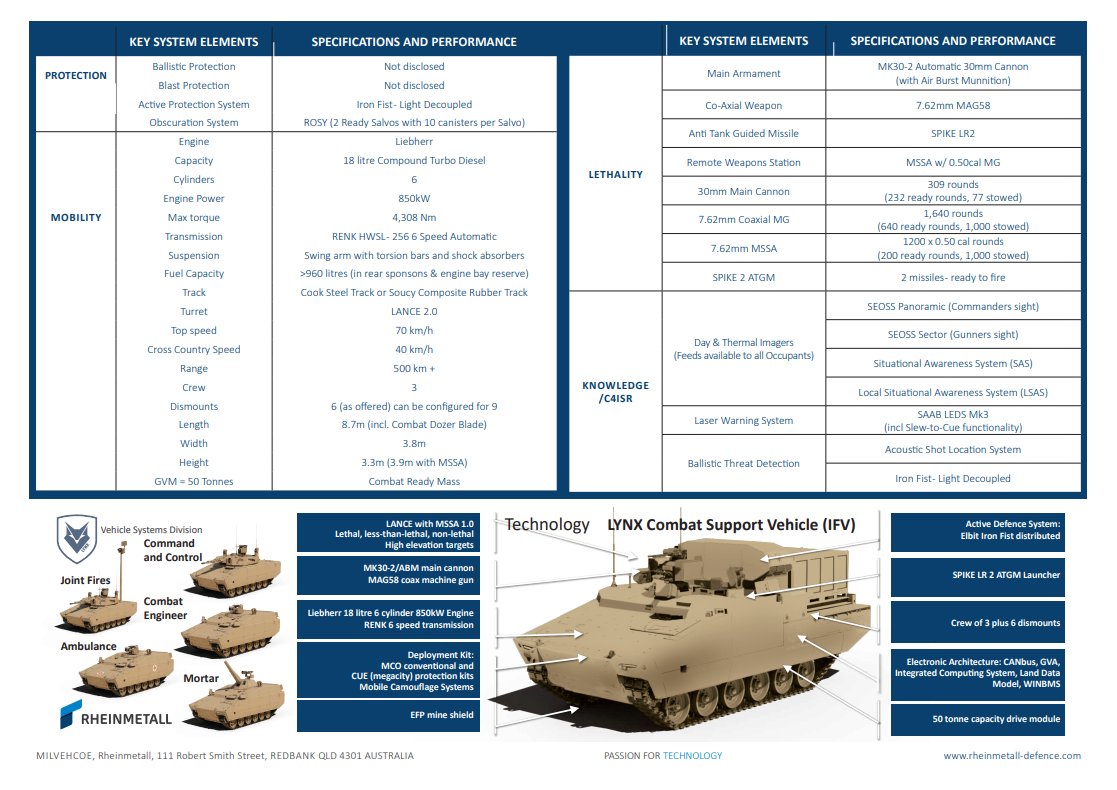
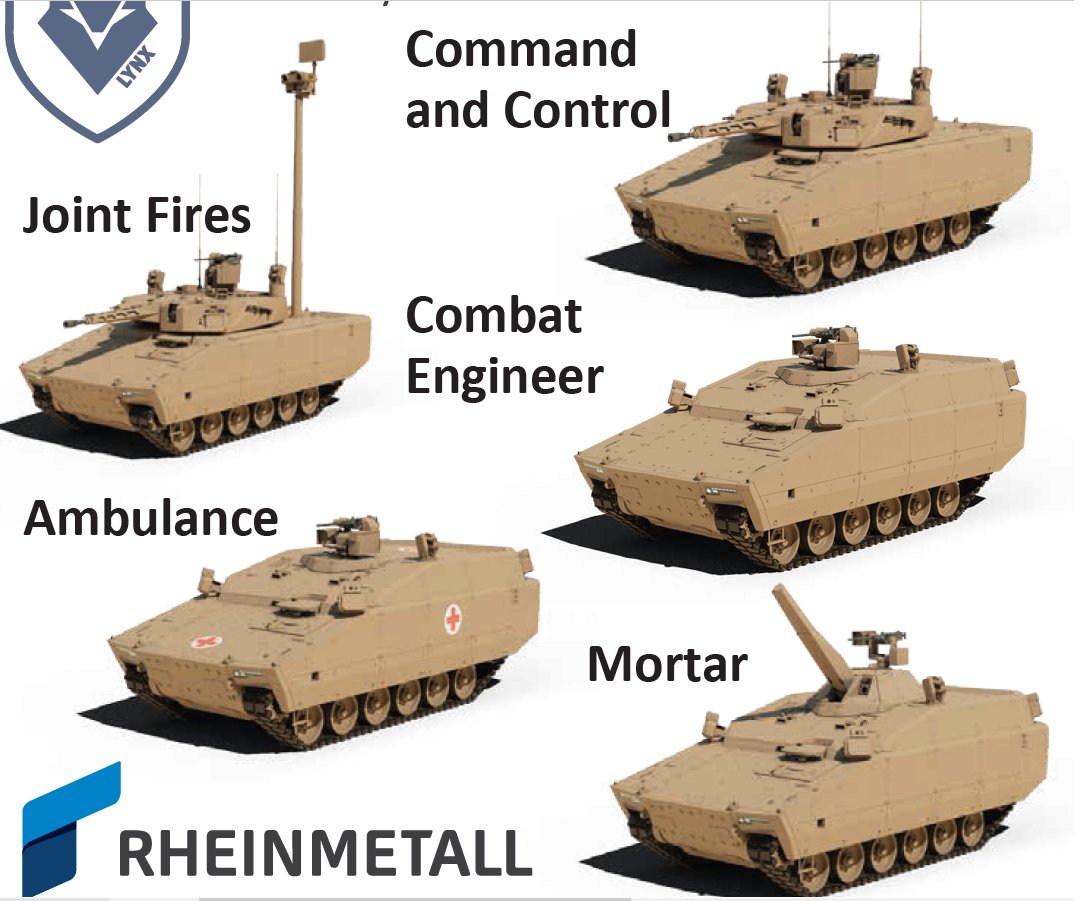

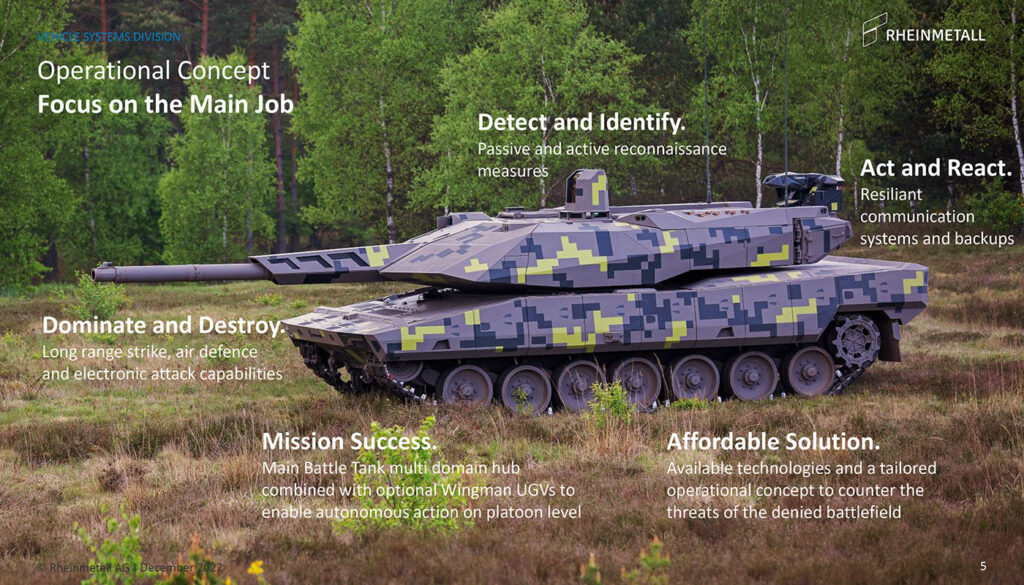
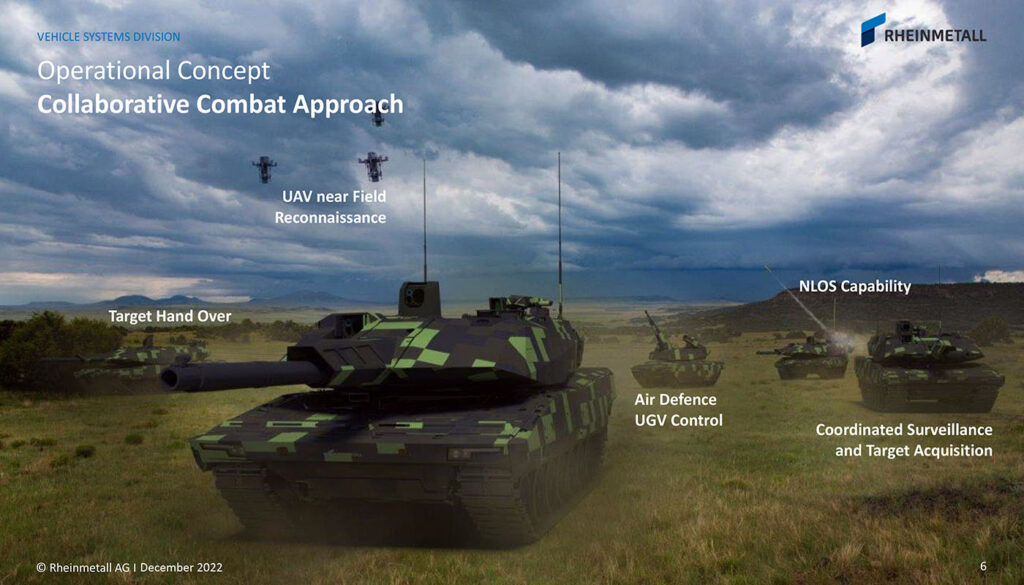
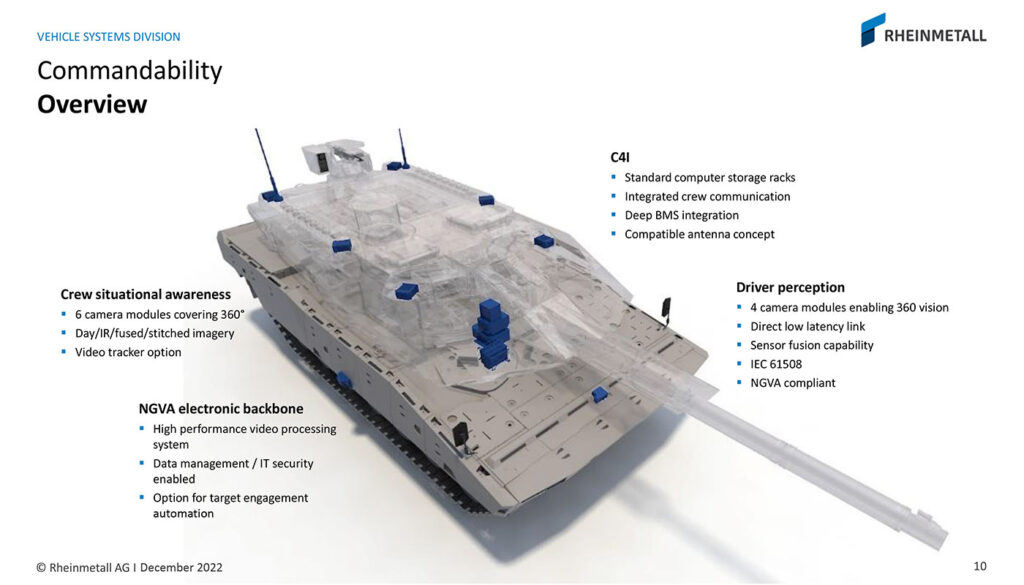



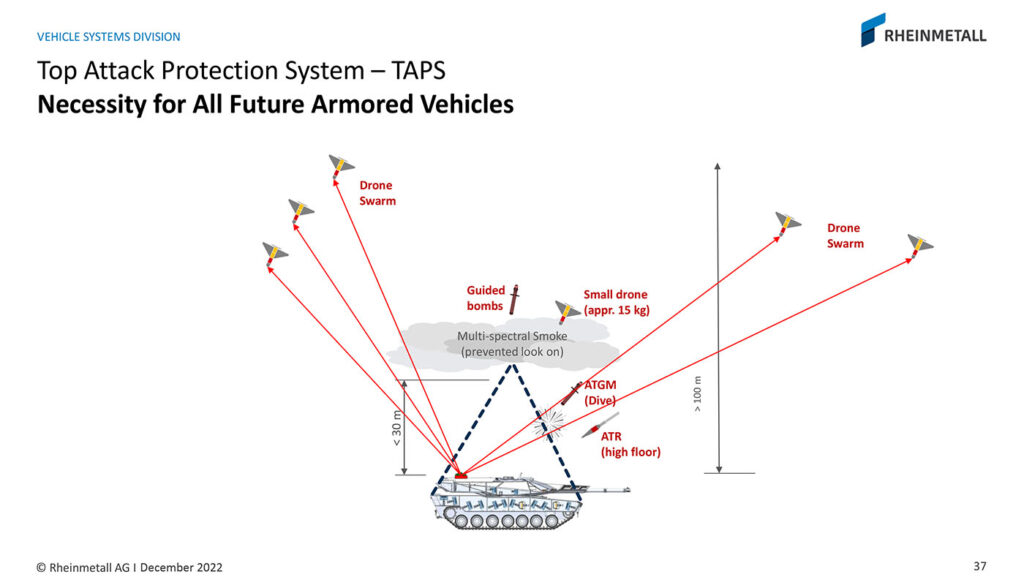

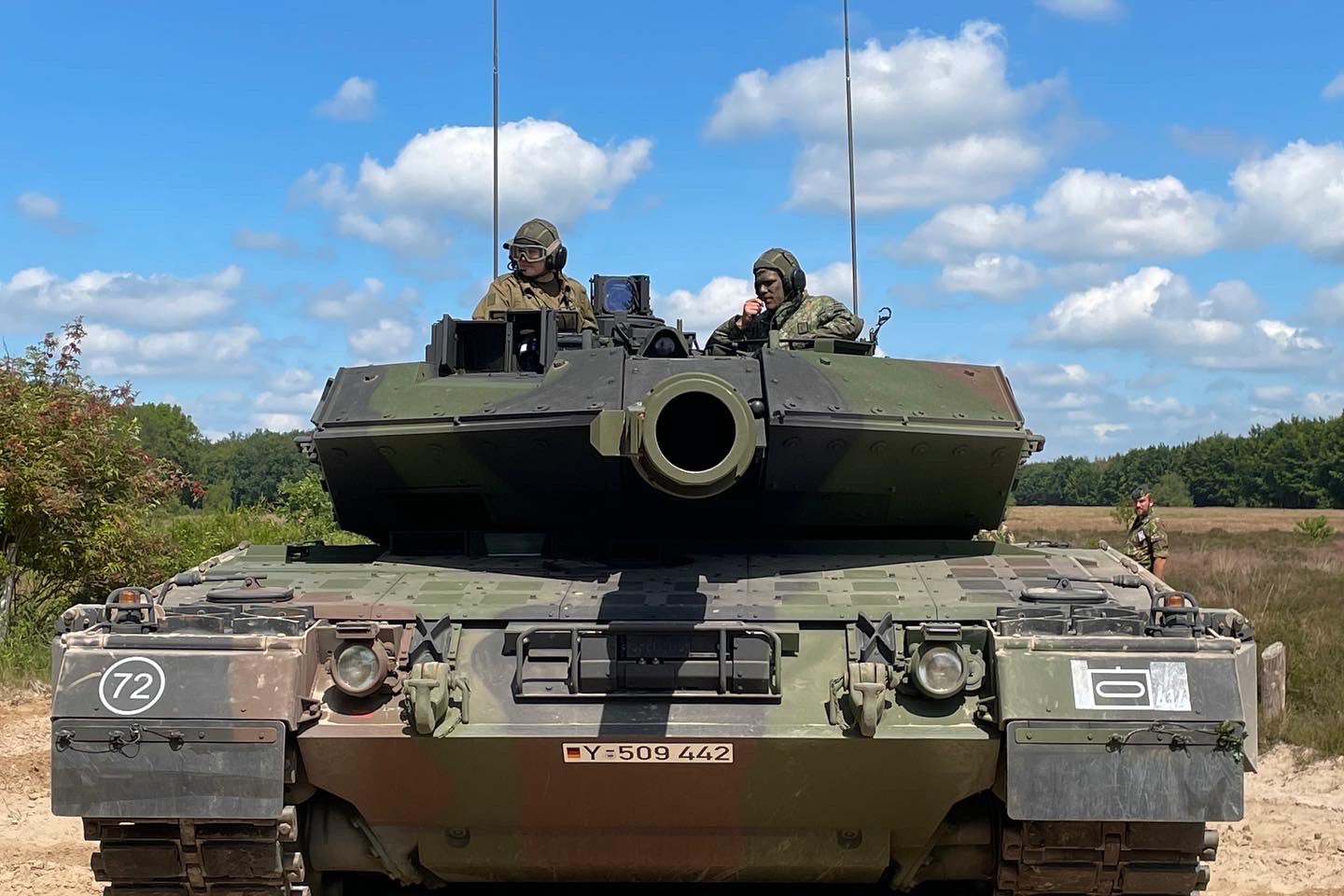
United States Military Vehicle General: Guns, G*vins, and Gas Turbines
in Mechanized Warfare
Posted
That won't be relevant at most impact angles.